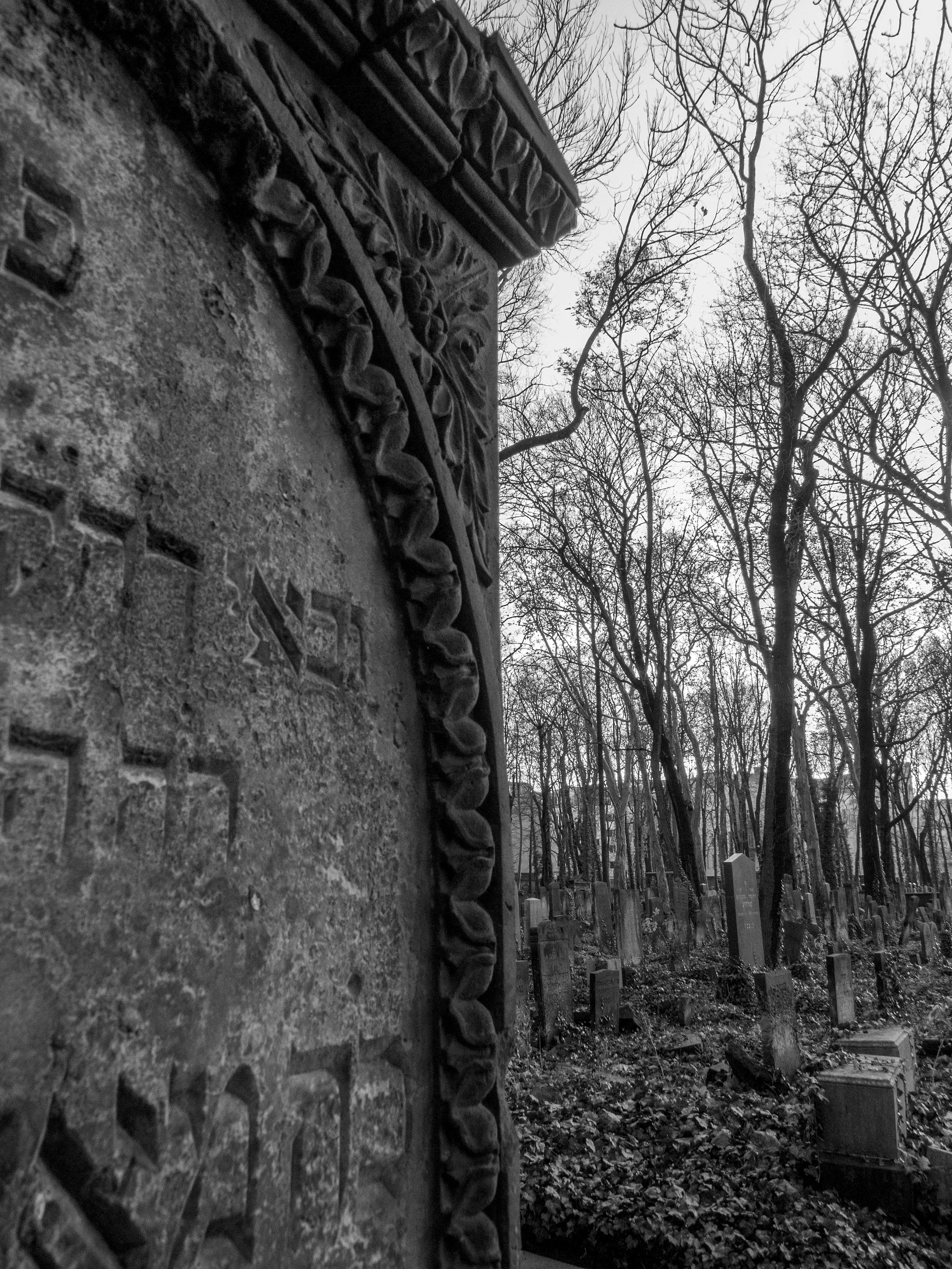about conceptual emptiness
about conceptual emptiness
Document your steps.
Photograph your past.
Carve a future.
And listen to your history.
For a full sensory experience, visit the site on a desktop.
/1944
ORADOUR-SUR-GLANE
MASSACRE
void
〰️
void 〰️
The Oradour-sur-Glane massacre took place on June 10, 1944, when a German Waffen-SS unit surrounded the French village and executed almost the entire population. A total of 642 people were killed — men, women, and children.
The soldiers separated the men, who were shot in barns and sheds, while women and children were locked inside the church, which was set on fire and sprayed with gunfire. The attack had no clear military justification; it is believed to have been an act of reprisal or intimidation after the Allied landings in Normandy four days earlier.
The village was never rebuilt. By decision of the French government, its ruins were preserved as a permanent memorial, a testimony to Nazi barbarism and a reminder for future generations.
Oradour-sur-Glane, France.
I took photos of Oradour-Sur-Glane in 2018.
“Amid smoke and screams, I found the strength to escape through a window of the church.”
/BErLIN 2009
2009 was a special year in my life: my first trip alone outside Brazil. I went to meet the photographer Tuca Vieira in Berlin, the city he chose for a sabbatical photography project, diving into revealing corners and hidden streets.
Between bike rides, good beer, unexpected encounters with wild boars, and late-night photography, it was there that my passion for photography unfolded into two halves — one visual, the other textual.
Sixteen years later, I am still trying to understand where these halves come together, traveling and seeing the world under that unique shade of the European winter.
Architecture, to me, is what drives me to leave the place where I was born in order to grasp a past that can no longer be told — and, in that silence, I find myself again, as if I could converse with time through the lens.
This is how my soul learned to tell and weave stories. And now I share it all here with you: a handful of images, another of words.
IN 2009, a trip to Berlin turned me into a keeper of memories that had sparked my curiosity since childhood. My images tell the story, and my writing ties them together.
My first photo. Teufelsberg, Grunewald Forest. Berlin, 2009.

Гостиница Полесье
/1986
CHERNOBYL DISASTer
On April 26, 1986, a failure at Reactor 4 of the Chernobyl Nuclear Power Plant caused the worst nuclear disaster in history, releasing massive amounts of radiation across Europe.
The nearby city of Pripyat, built in 1970 to house plant workers and their families, was evacuated within 48 hours, leaving 50,000 residents behind. The historic town of Chernobyl, 15 km away, was also partially emptied.
Today, both Pripyat and the plant’s surroundings form the Chernobyl Exclusion Zone, a place frozen in time that preserves the memory and impact of the tragedy.
Chernobyl Exclusion Zone/Prypiat, Ukraine.
I took photos of Chernobyl in 2012.
“We didn’t know what radiation was. We thought we were putting out an ordinary fire. Only later did we understand that we were burning ourselves.”
Chernobyl Disaster: Rare Footage from Inside the Exclusion Zone (1990)
The reach of radiation in Chernobyl
"The measurements on which the maps are based were collected in 2021 in an unprecedented German–Ukrainian cooperation in the exclusion zone of Chernobyl", says Dr. Inge Paulini. "In these difficult times, this joint scientific work is more important than ever. It shows perspectives for the time of reconstruction in Ukraine and can help answer practical questions dealing with radiation protection."
Source: Bundesamt für Strahlenschutz
/RADI:ACTION
Photos are metaphors, making the abstract concrete and mystifying the mundane. Be clear, be confident, and don’t overthink it. The beauty of your story is that it’s going to continue to evolve and your site can evolve with it. Your goal should be to make it feel right for right now. Later will take care of itself.
I took photos of Chernobyl in 2012.
/ROMANIA
BraSov & BRAN CASTLE
In the winter of 2013, I traveled to Transylvania in search of the myth of Vlad Tepes — the figure who inspired Bram Stoker’s Dracula. At -30°C, I wandered through the streets of Brașov and the halls of Bran Castle, capturing the frozen landscapes and echoes of a legend that continues to haunt collective memory. This journey blended history, literature, and the raw intensity of winter, turning every photograph into both documentation and discovery.
Brasov/Bran, Romania.
In the photo, the room where Vlad Tepes, the figure who inspired the Dracula myth, once stayed at Bran Castle. I took photos of Brasov in 2013.
/VILA Maria zÉlia
In 2011, together with a friend, I photographed Vila Maria Zélia — one of the first places I explored in my search to document forgotten spaces through photography. This historic neighborhood in São Paulo, once a pioneering workers’ village, preserves an incredible story yet suffers from government neglect. Today, the ruins endure as silent witnesses, while the residents who still live there fight to keep their heritage alive.
Maria Zélia Village. São Paulo, Brazil.
“Today, I am looking after ruins.”









